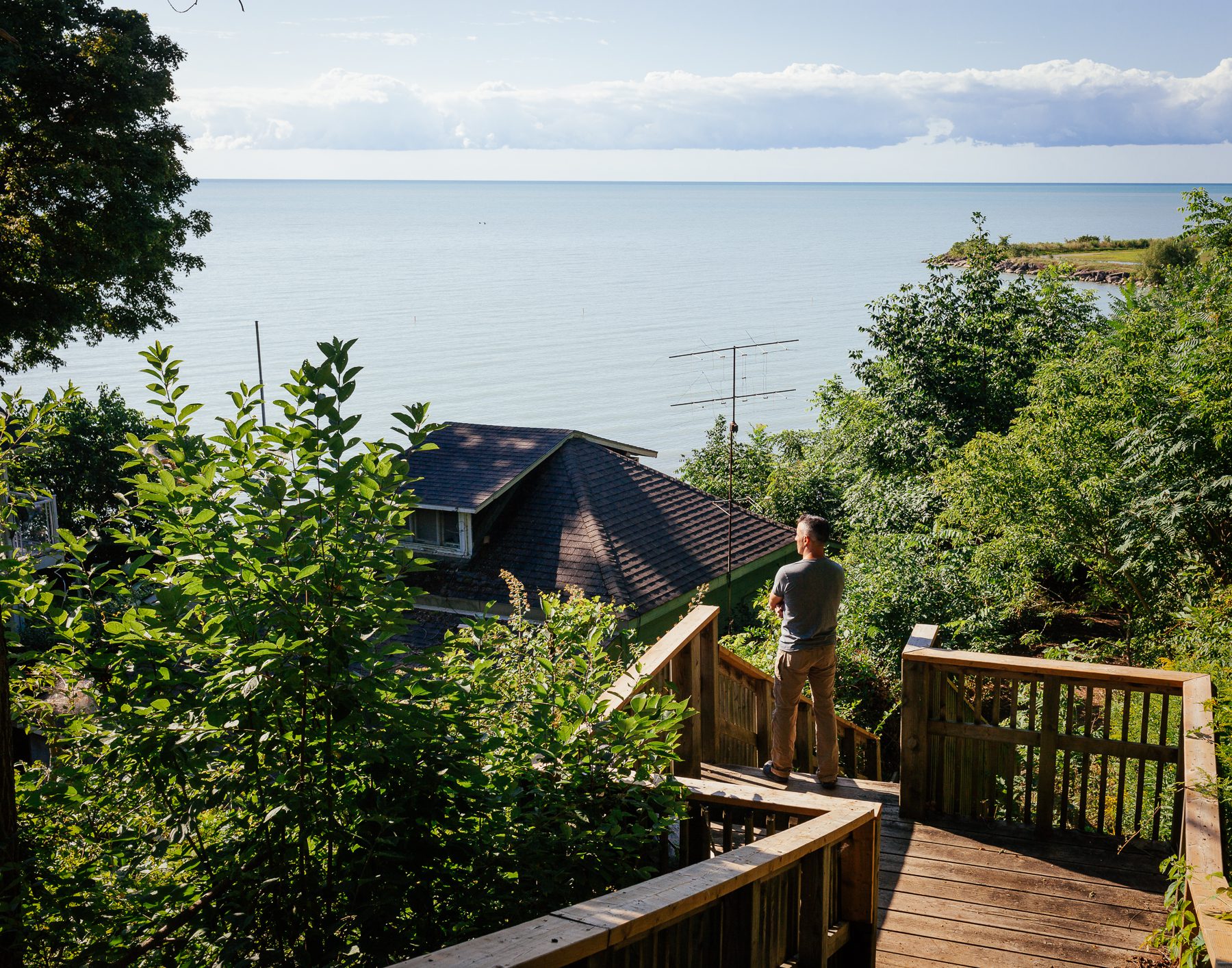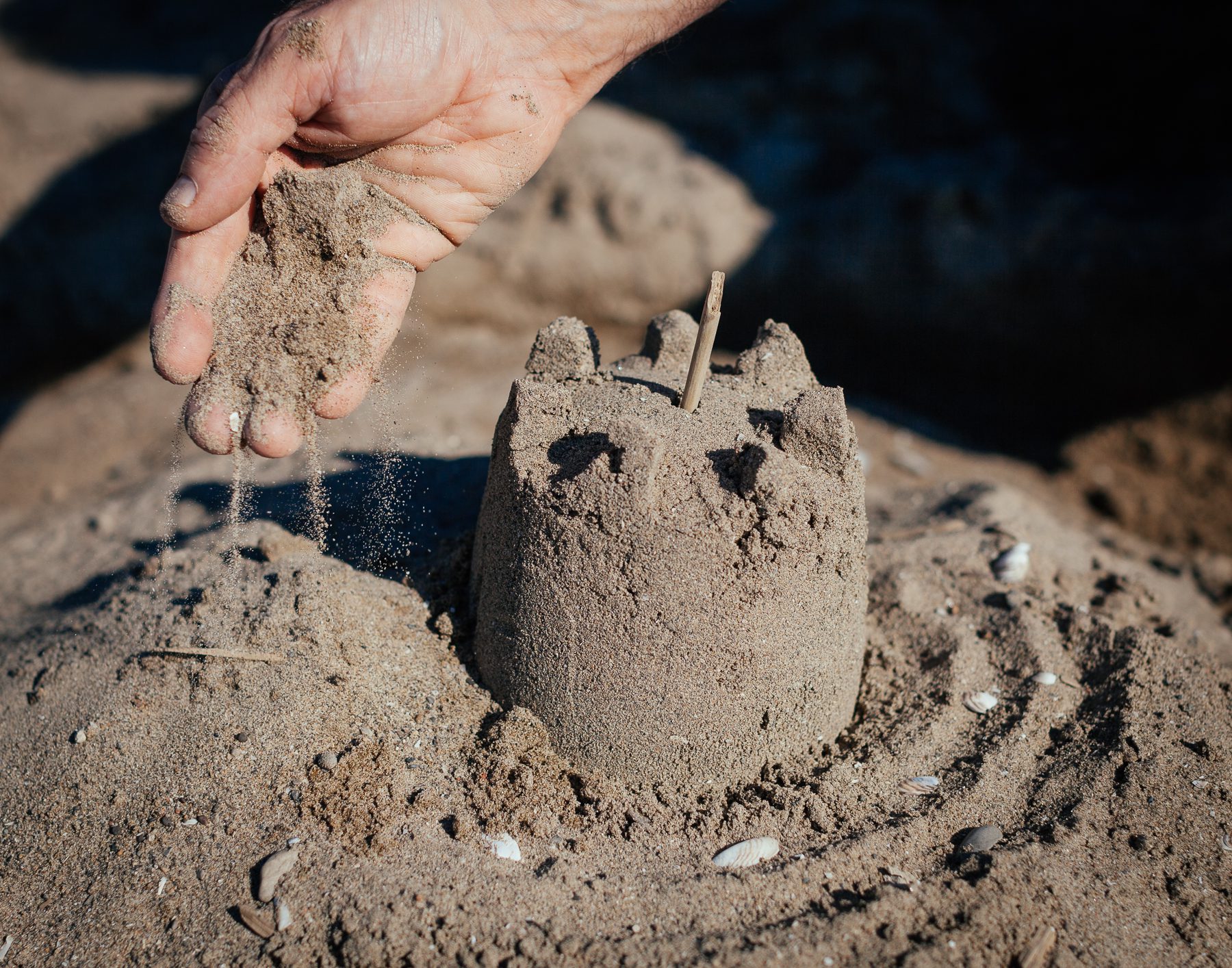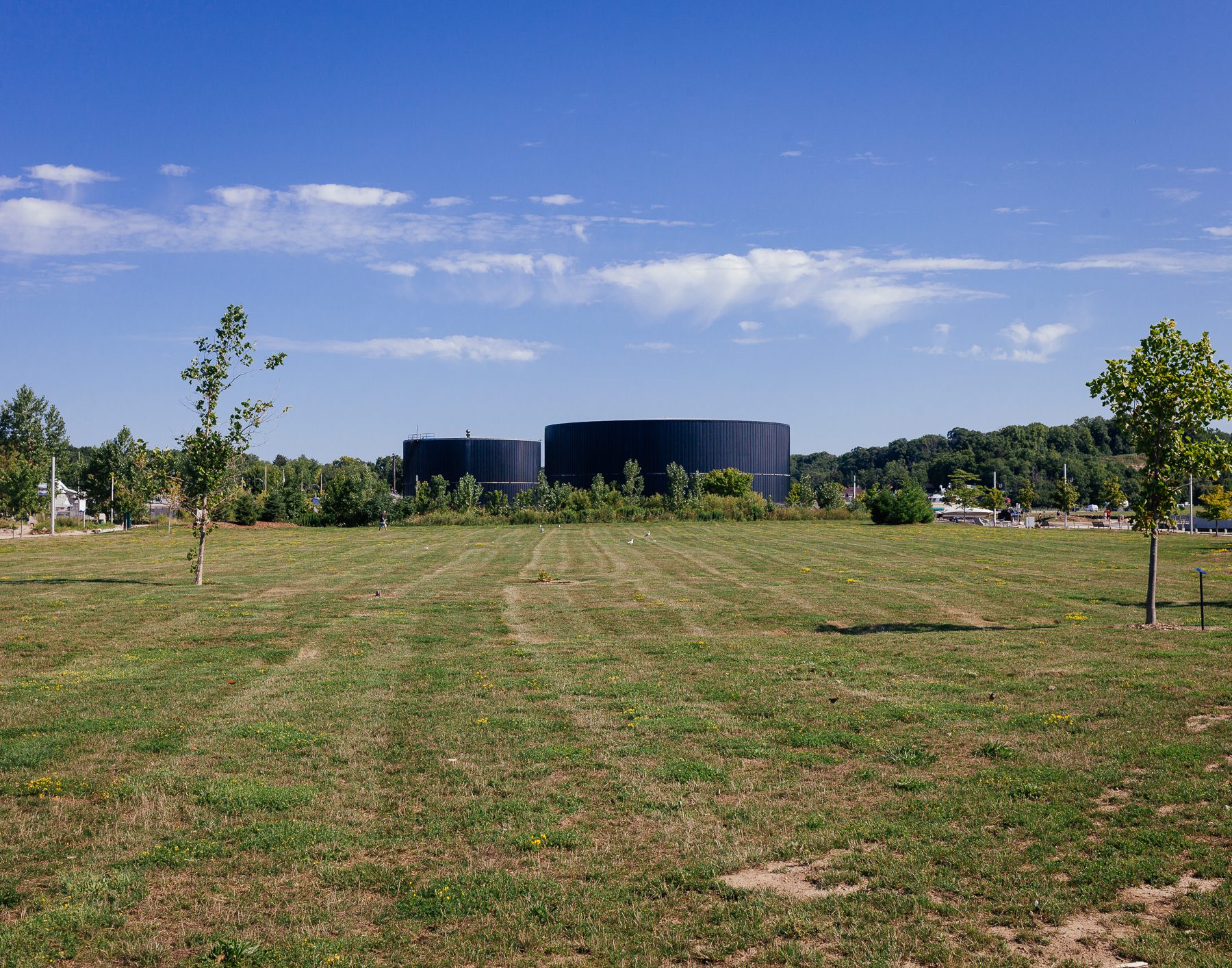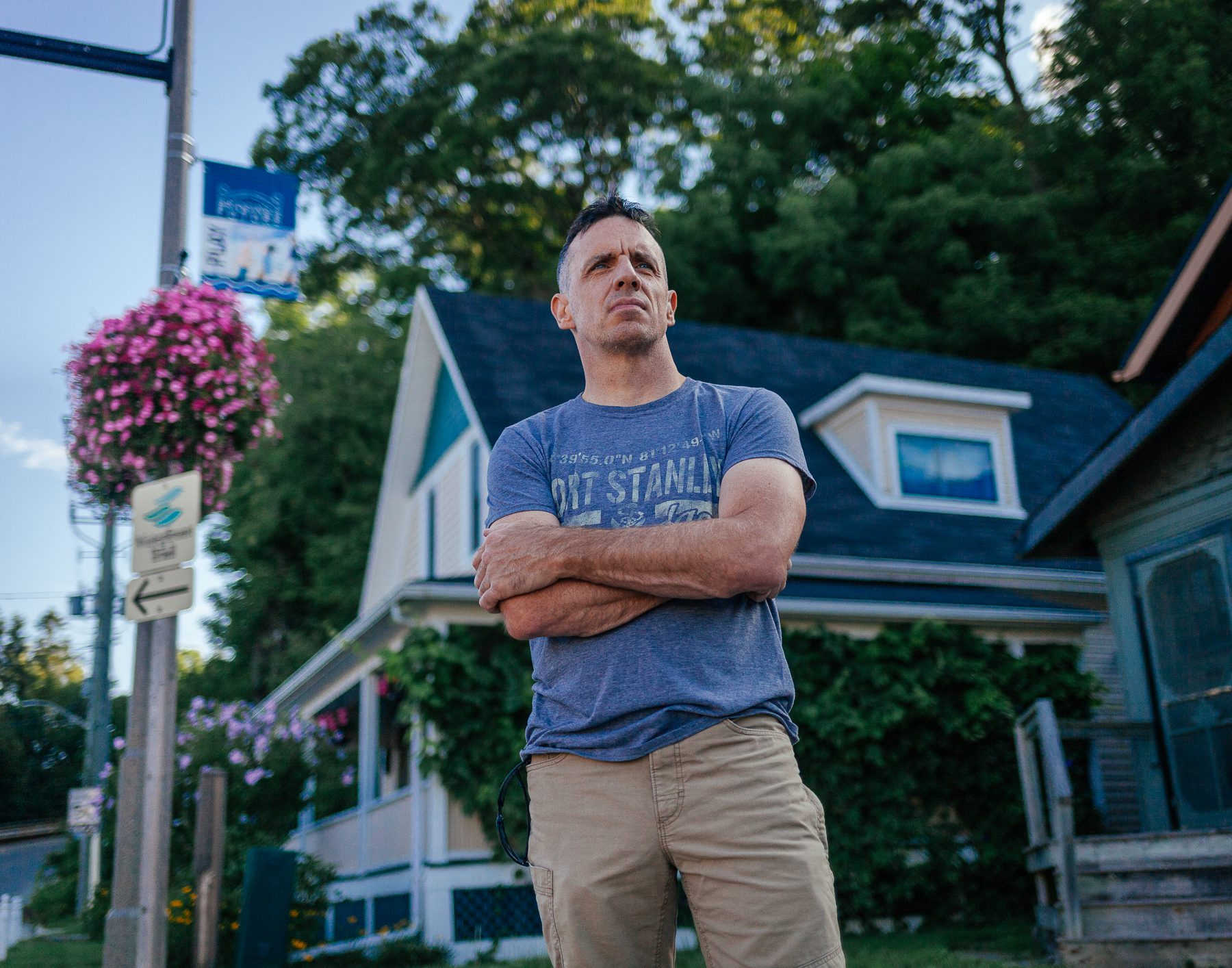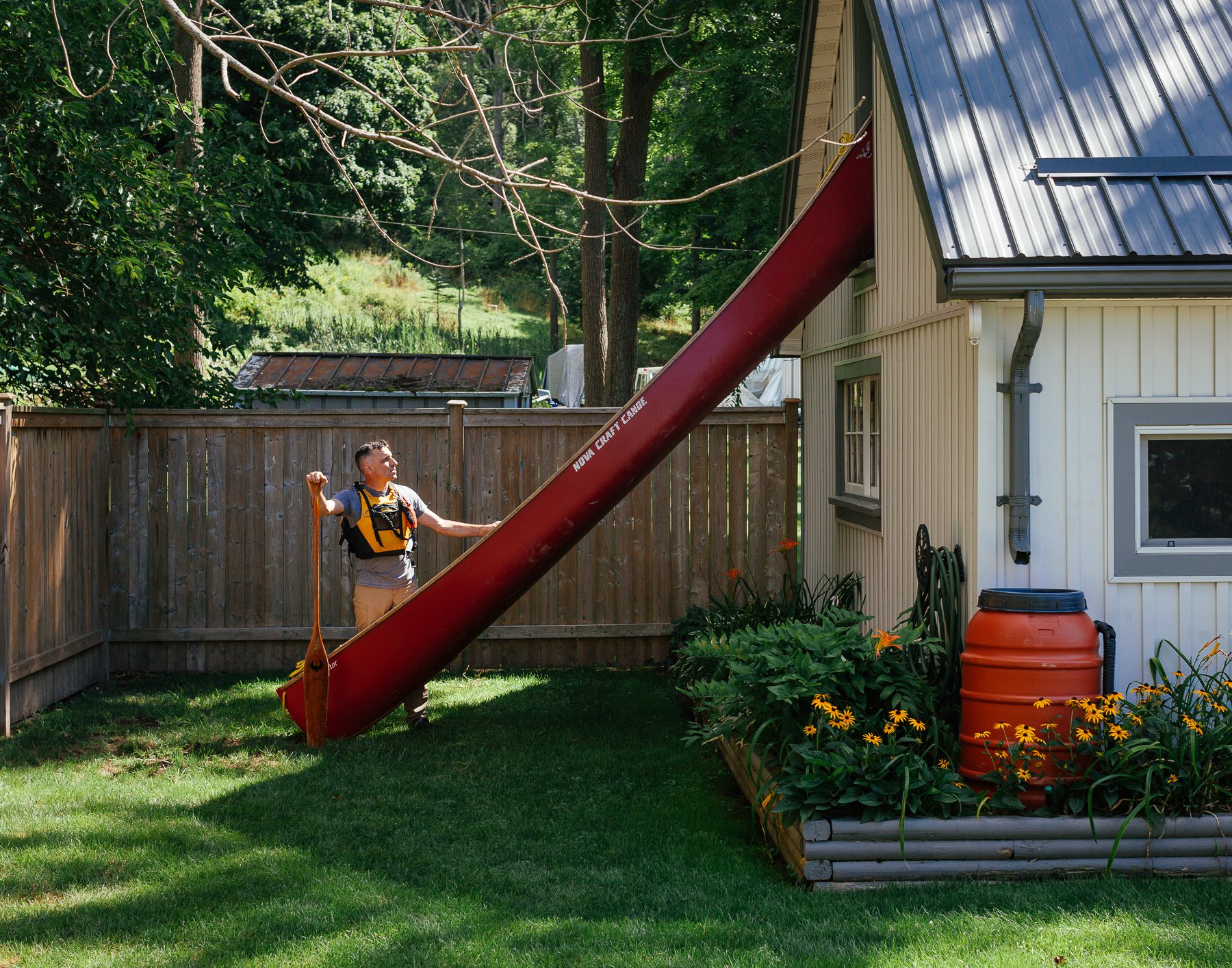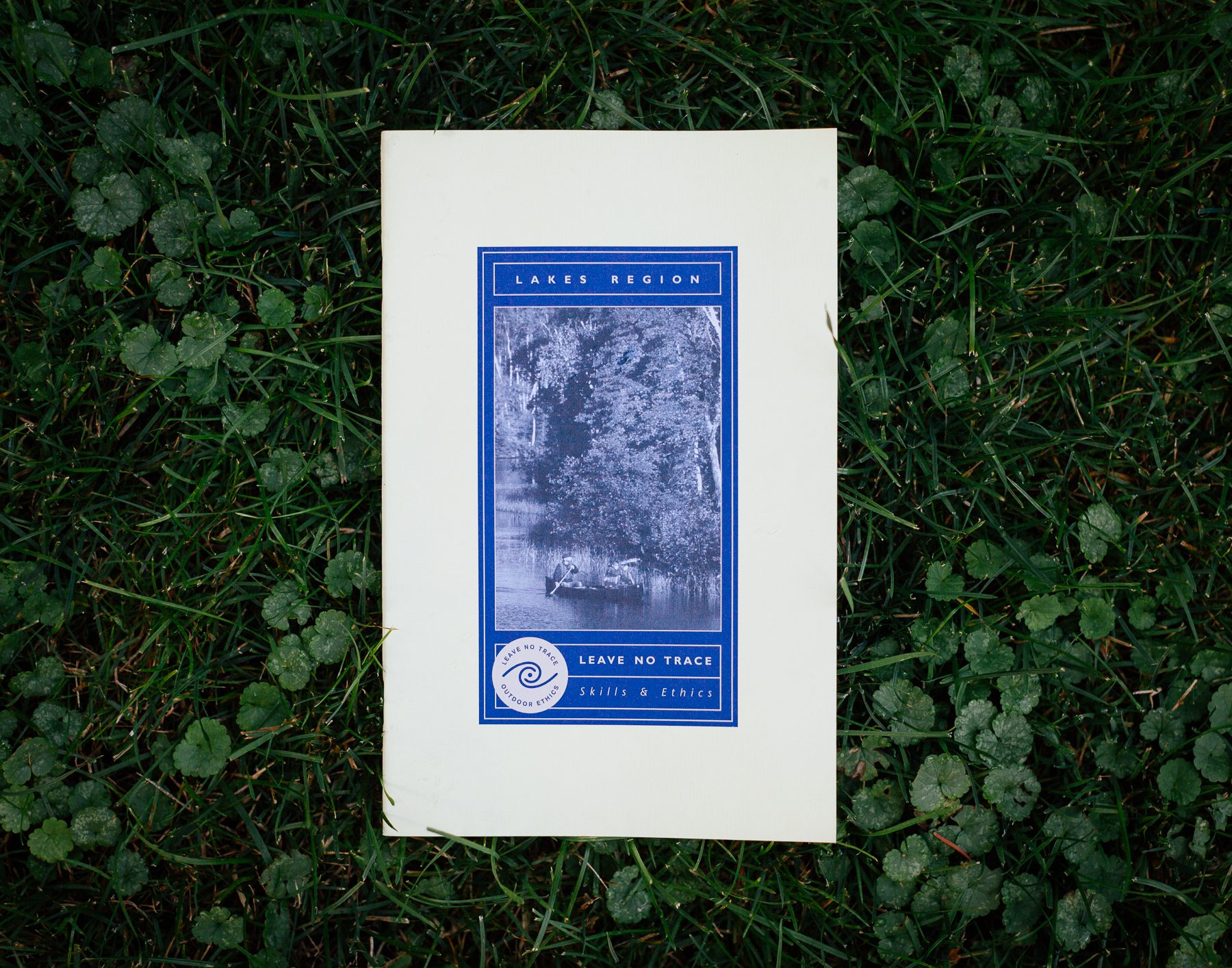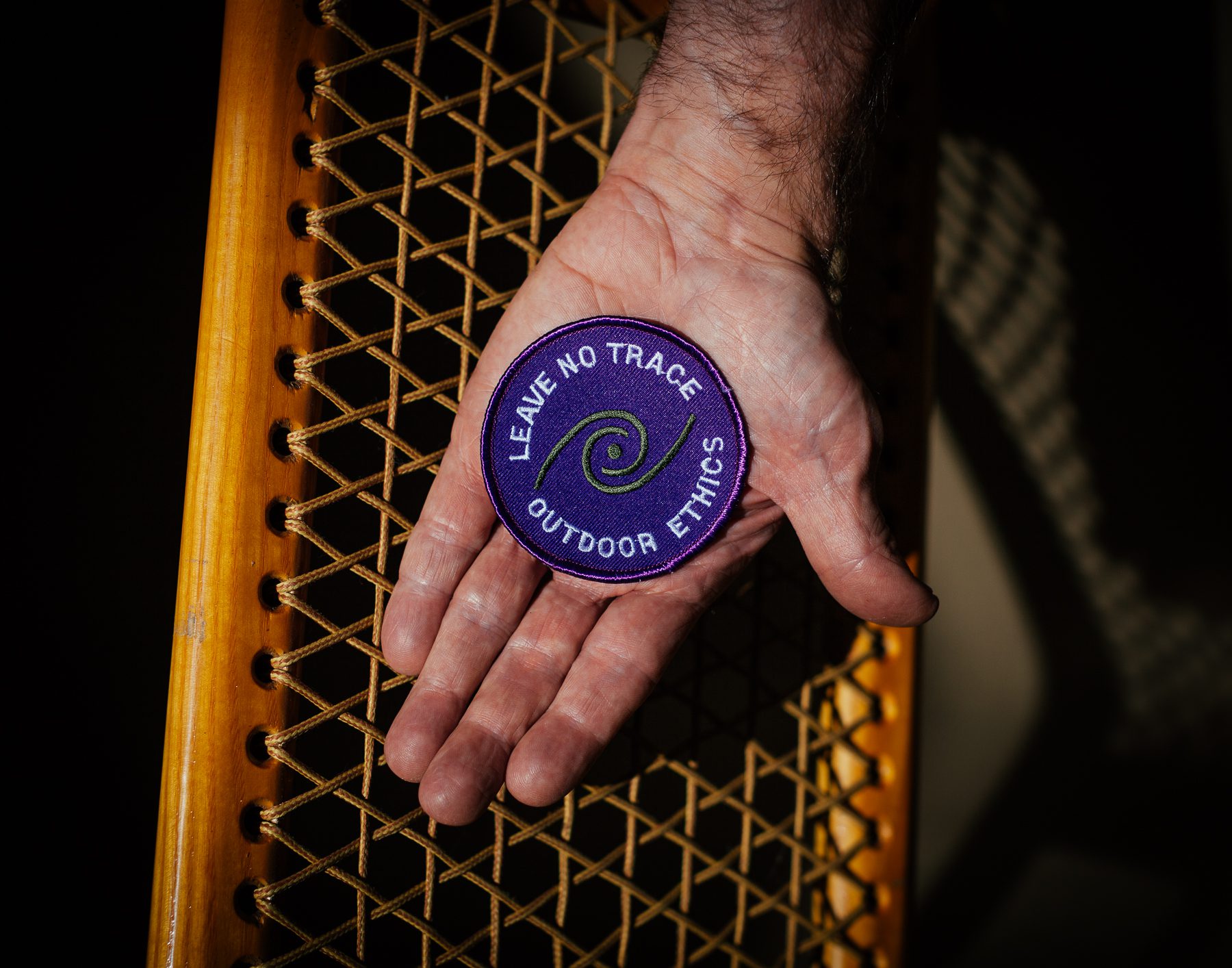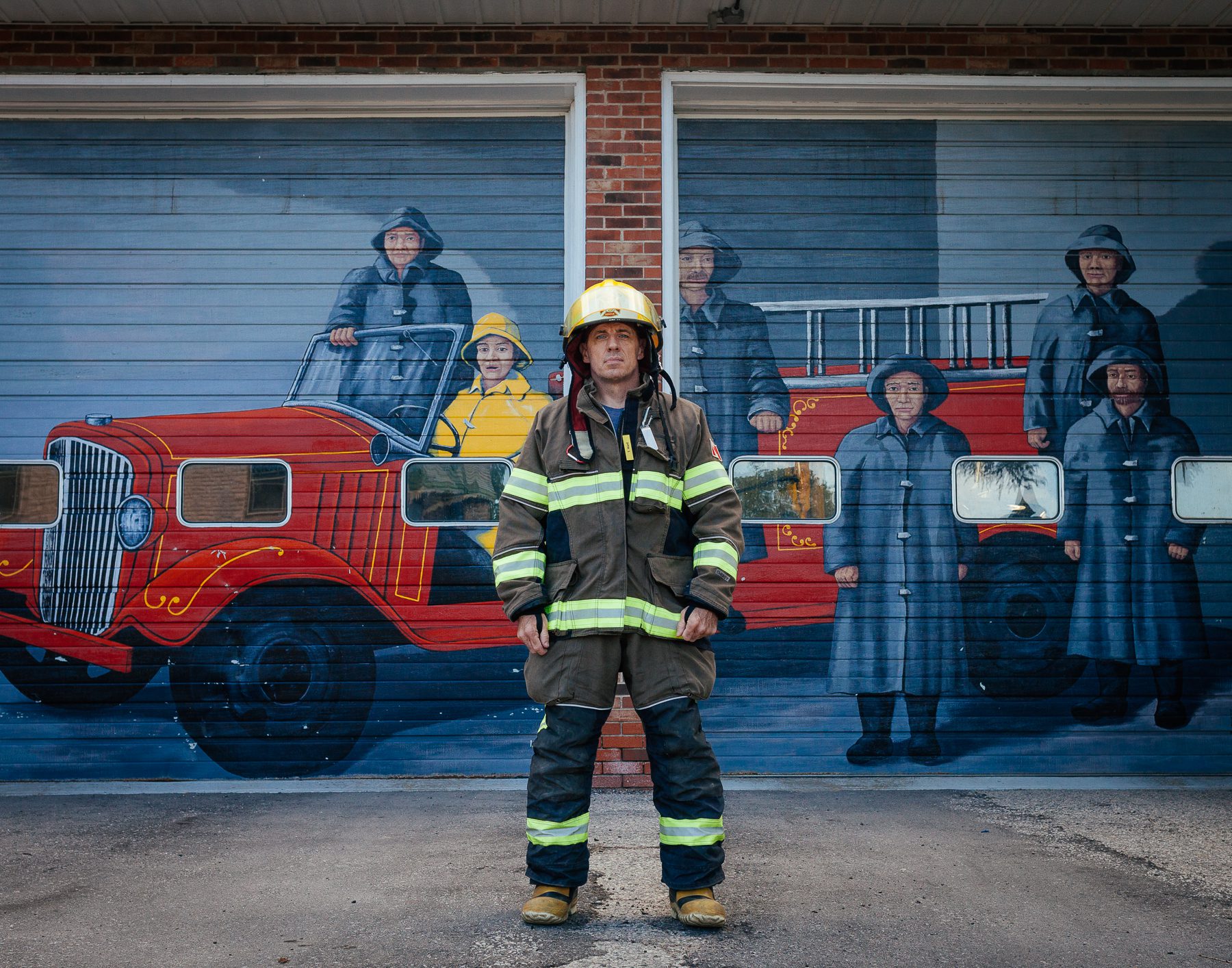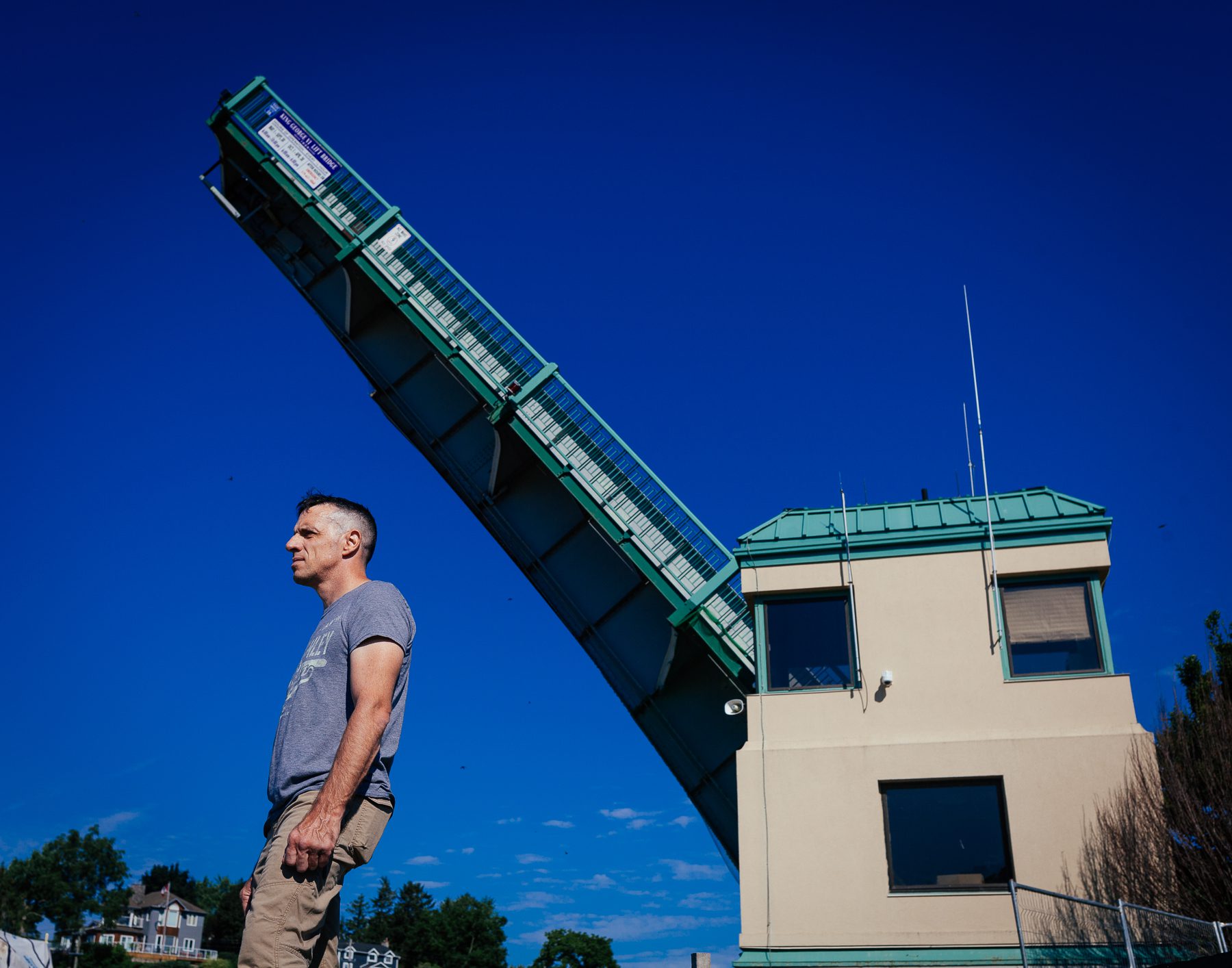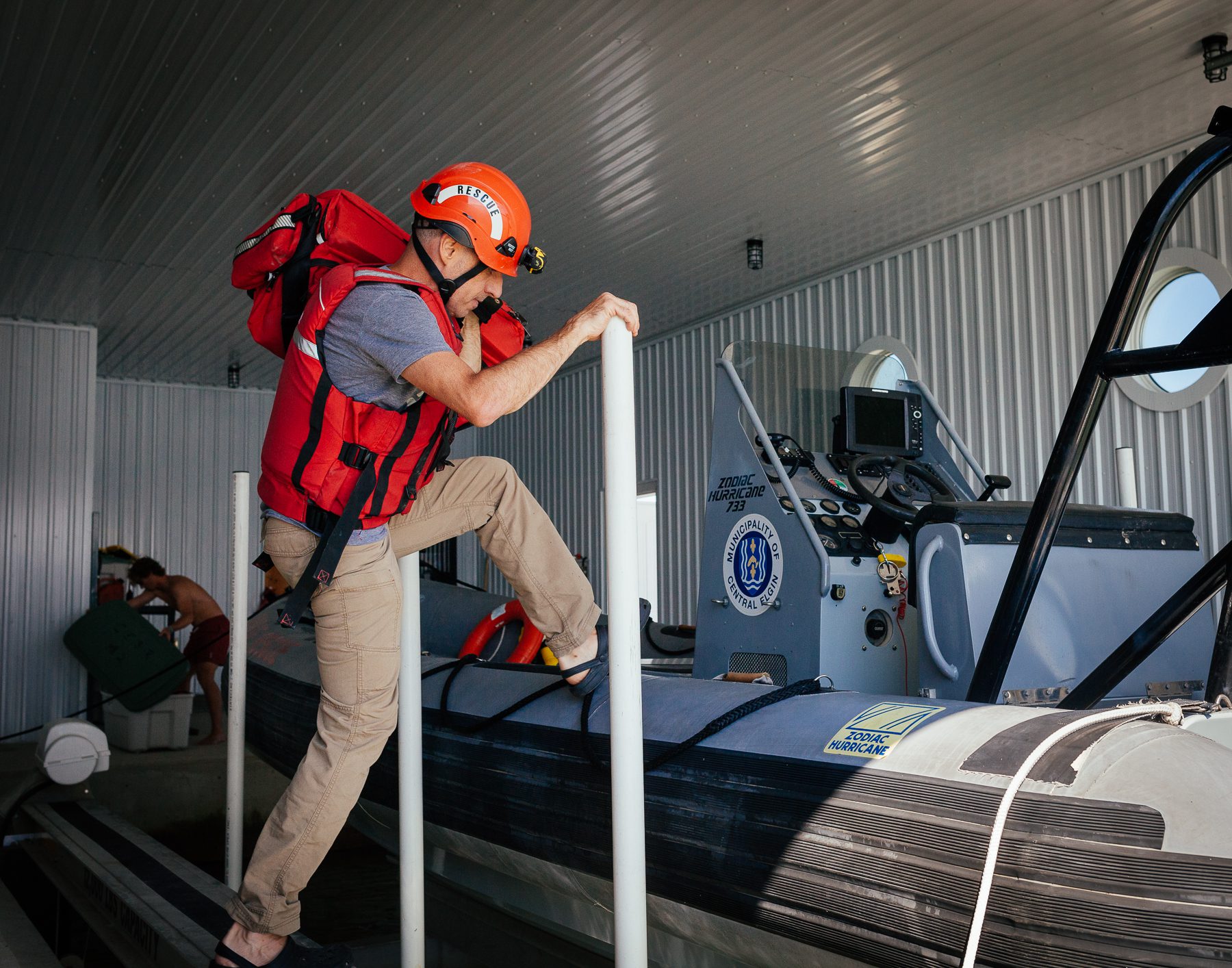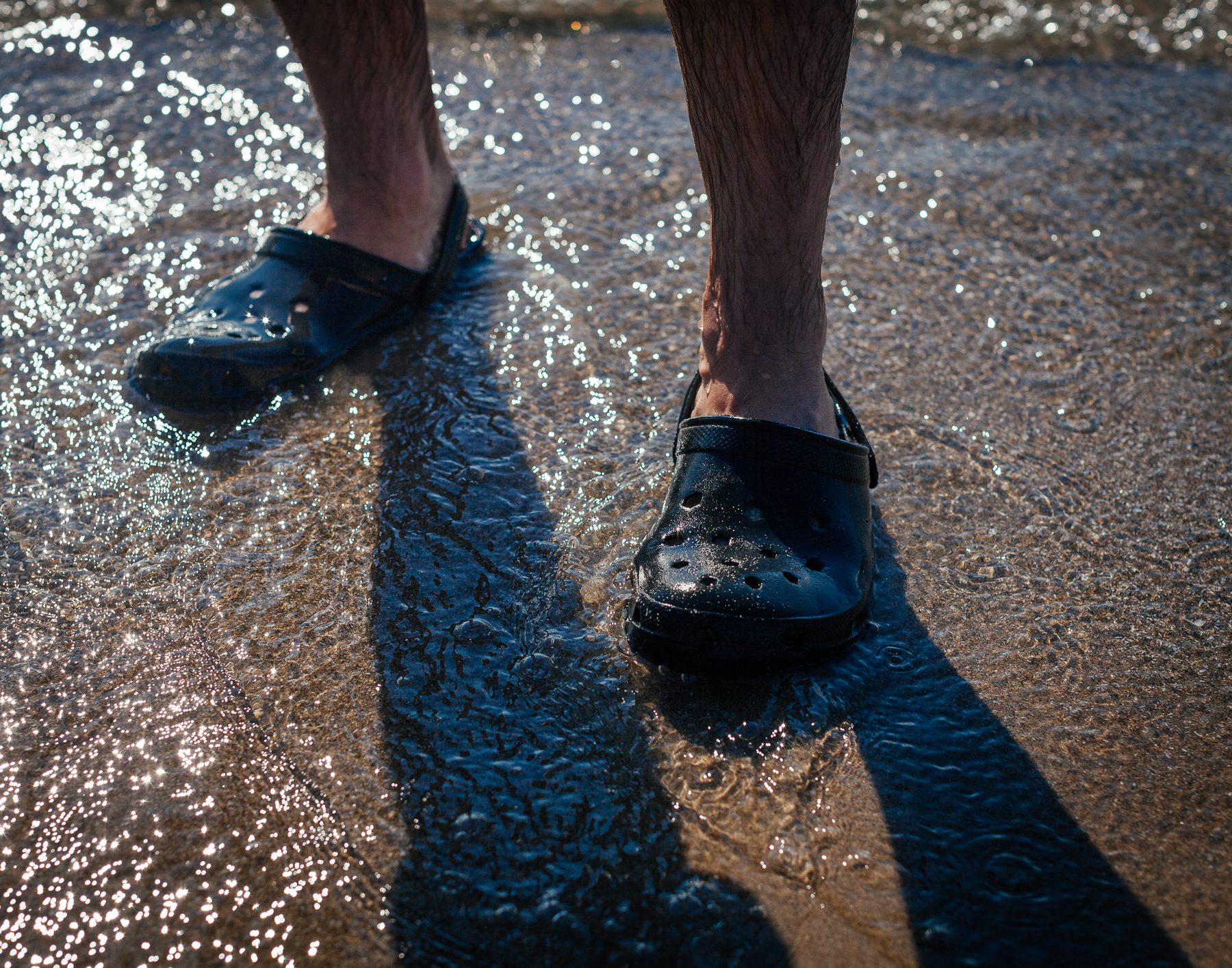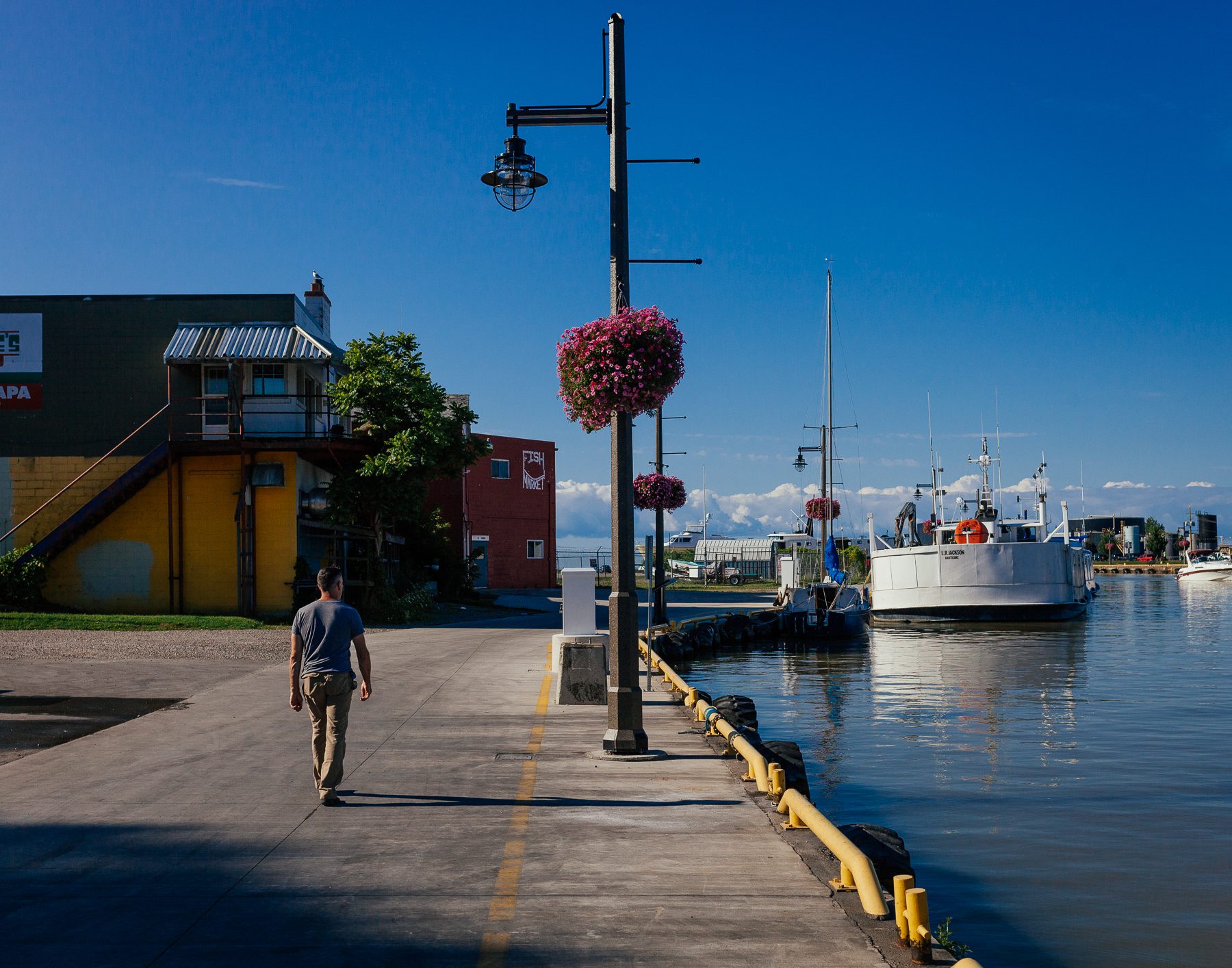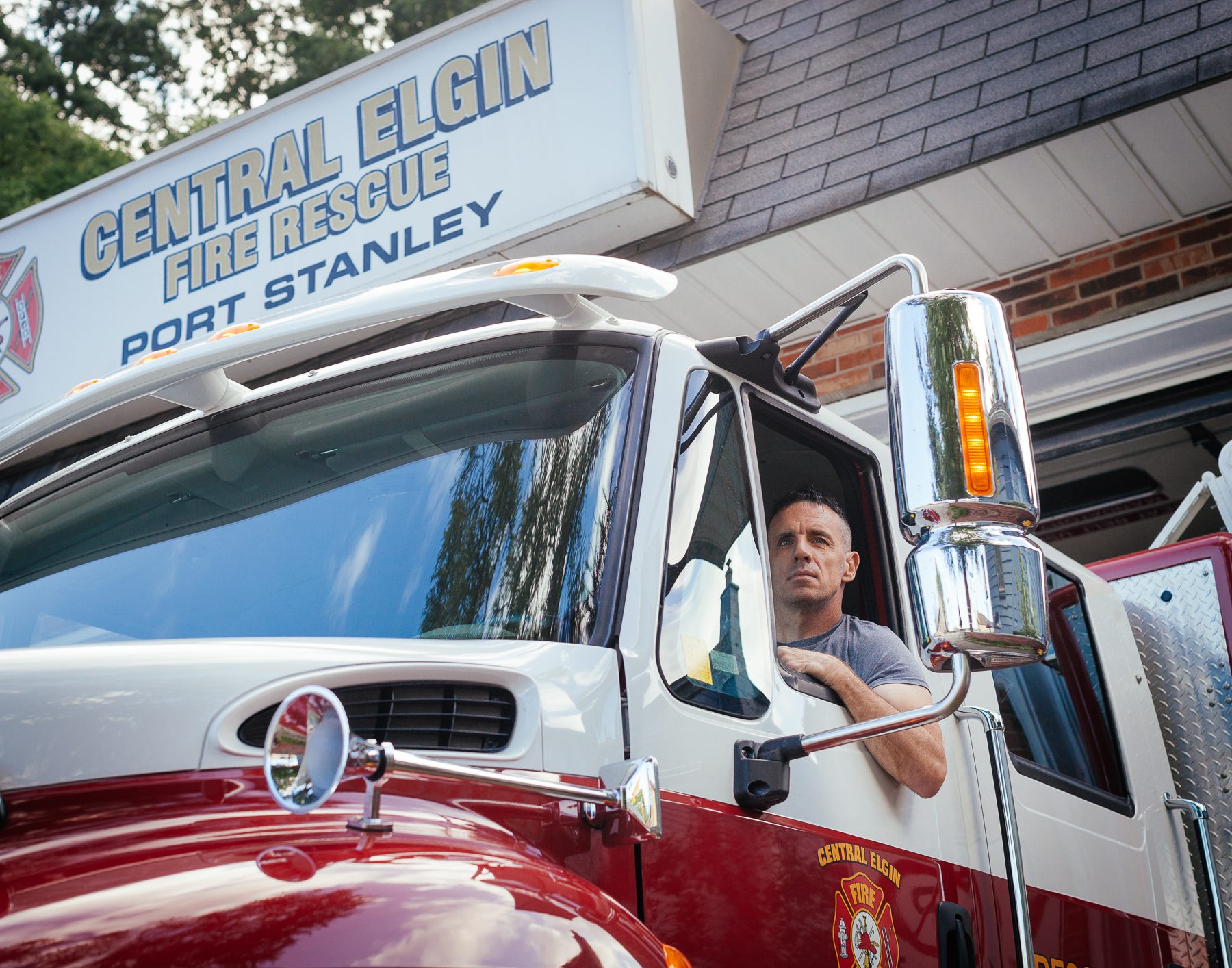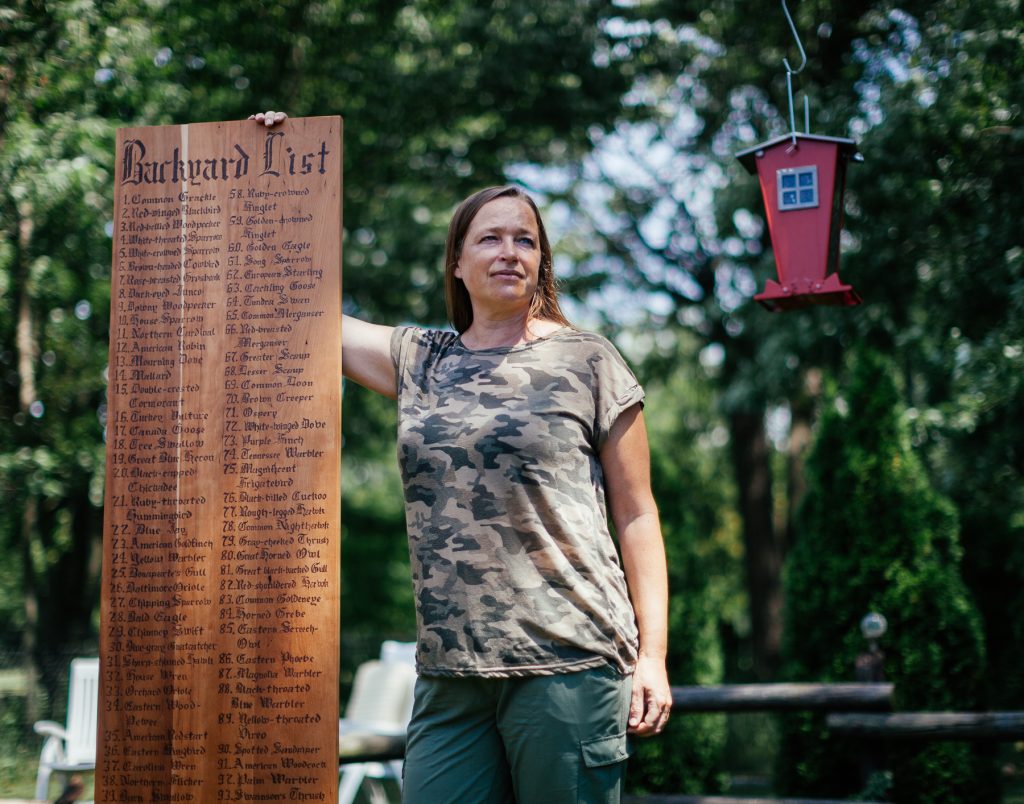Todd and his cousins canoed, sailed, and floated in dinghies around Lake Erie. They swam off the pier, built sandcastles at Little Beach, climbed the cliffs, explored the shoreline, and ate any of the fish they could catch. The lake was their playground.
“Other people may like mountains or desserts. I’m a water person.”
Todd remembers how polluted Lake Erie was in the 70s when he was growing up. It was a time when rivers feeding into Lake Erie, like The Cuyahoga River in Ohio, were catching fire due to industrial pollution. At the time, Port Stanley was full of industrial activity associated with fishing, coal, grain, and corn.
Todd remembers swimming in the harbour as a child, in the effluents from the coal docks. When Todd was seven, he developed impetigo (sores on his body, face, and neck). The only explanation his mom came up with was her son’s regular swimming in a polluted lake.



